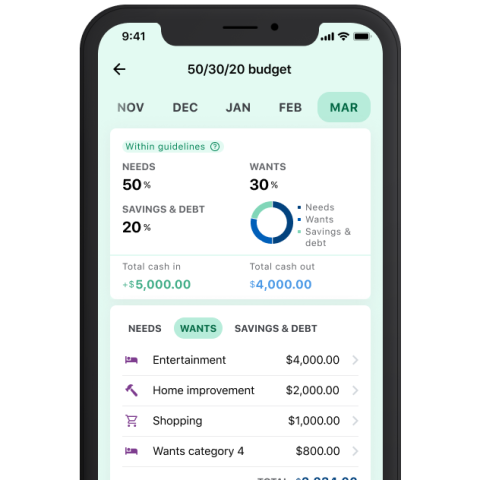May Jobs Data Shows Strong Growth, Even as Unemployment Rose

Many or all of the products featured here are from our partners who compensate us. This influences which products we write about and where and how the product appears on a page. However, this does not influence our evaluations. Our opinions are our own. Here is a list of our partners and here's how we make money.
Unemployment ticked up in May, but employers kept pumping out jobs — more than enough to beat expectations.
The U.S. added 339,000 jobs in May, according to Friday’s jobs report from the Bureau of Labor Statistics (BLS). That’s well above the 190,000 gain forecast by economists surveyed by the news agency Reuters. It’s the 29th straight month of positive job growth.
The unemployment rate, meanwhile, rose to 3.7% in May, up from 3.4% in April, according to the BLS. Unemployment has wavered between 3.4% and 3.7% since March 2022.
As for wages, the May data shows hourly earnings grew 4.3% over the last year. It’s lower than the growth we saw in May 2022, when wages grew 5.2% over a 12-month period.
Which industries added jobs?
In May, the most job gains were in:
Professional and business services: +64,000.
Government: +56,000.
Health care: +52,000.
Construction: +25,000.
Transportation and warehousing: +24,000.
Social assistance: +22,000.
Leisure and hospitality jobs also rose (+48,000) but remain below their pre-pandemic level by 2.1%, BLS data shows.
April data showed other strong jobs numbers
On Wednesday, the BLS Job Openings and Labor Turnover Summary (JOLTS) also showed promise for the job market. Job openings climbed to 10.1 million in April, well above 9.6 million openings in March. In addition, layoffs and discharges decreased from 1.8 million in March to 1.6 million in April. And quit rates, which can indicate how workers feel about new job prospects, didn’t change much: 2.4% in April compared to 2.5% in March.
The areas that saw the most job opening growth in April were:
Retail trade: +209,000.
Health care and social assistance: +185,000.
Transportation, warehousing and utilities: +154,000.

What’s the Fed's next move?
Despite interest rate hikes, bank failures, the threat of a government default and high inflation, this labor market is still standing strong.
The jobs report is just one indicator the Federal Reserve considers as it weighs its next action to curb inflation. The inflation rate has declined for nearly a year but has yet to reach the Fed’s 2% target rate.
The Fed pays close attention to the core personal consumption expenditures index (PCE) as a proxy for inflation — that’s the change in the prices of all goods and services except food and energy. The latest 12-month core PCE index was 4.7%, according to the May 26 data released by the Bureau of Economic Analysis. That’s down from its peak of 5.1% in September 2022 but still far from the Fed’s 2% target.
Following 10 consecutive rate hikes aimed to cool inflation, the Federal Reserve might press pause during its next meeting, scheduled for June 13-14. As of Friday, the financial derivatives marketplace CME Group's FedWatch Tool has the odds of no change to the rate at approximately 66%, compared to a 33% chance of a rate hike.
A strong job market tends to push inflation higher. However, that wasn’t the primary factor in the last couple of years, according to a May 23 Brookings Institution paper written by former Fed Chair Ben Bernanke and former head economist of the International Monetary Fund Olivier Blanchard. They found that the cost of goods — not labor — was the most significant contributor to inflation when it began rising during the pandemic.
But now that dynamic has shifted, and persistent labor market tightness is likely to become the more dominant factor in inflation. They say the “Fed is unlikely to be able to avoid slowing the economy to return inflation to target.”
The next jobs report is scheduled to be released on July 7.


